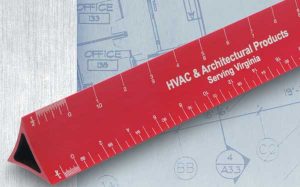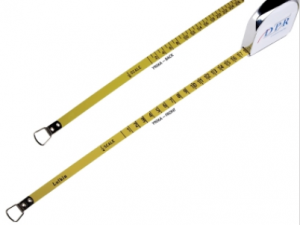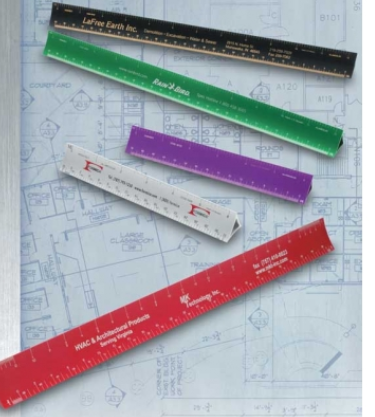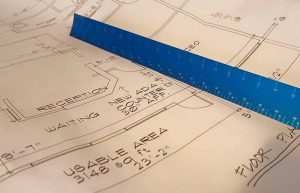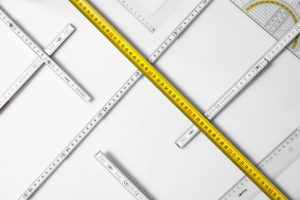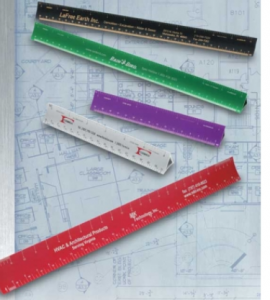
Everyone knows what a ruler or measuring tape is. But when it comes to the Architect Scale Ruler, that is a term that is not in most people’s vocabulary. What is it really? Who actually uses these rulers?
Architects and engineers are by far the top 2 people that use these handy little tools. Coming in next are construction workers and carpenters.
Architect scale rulers help the user read and create blueprints and are a must-have for anyone working in the above fields.
